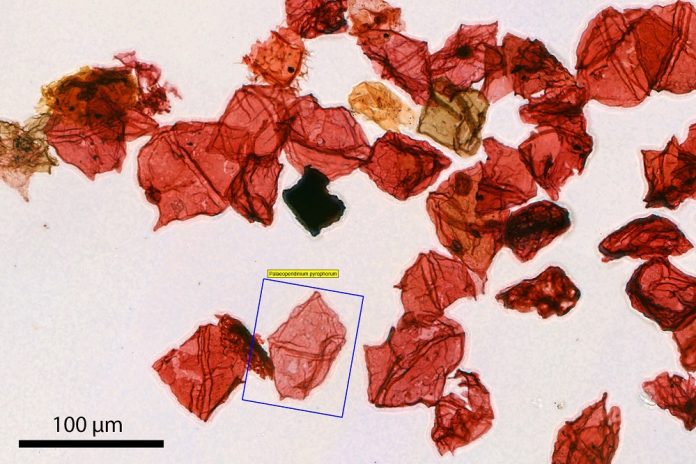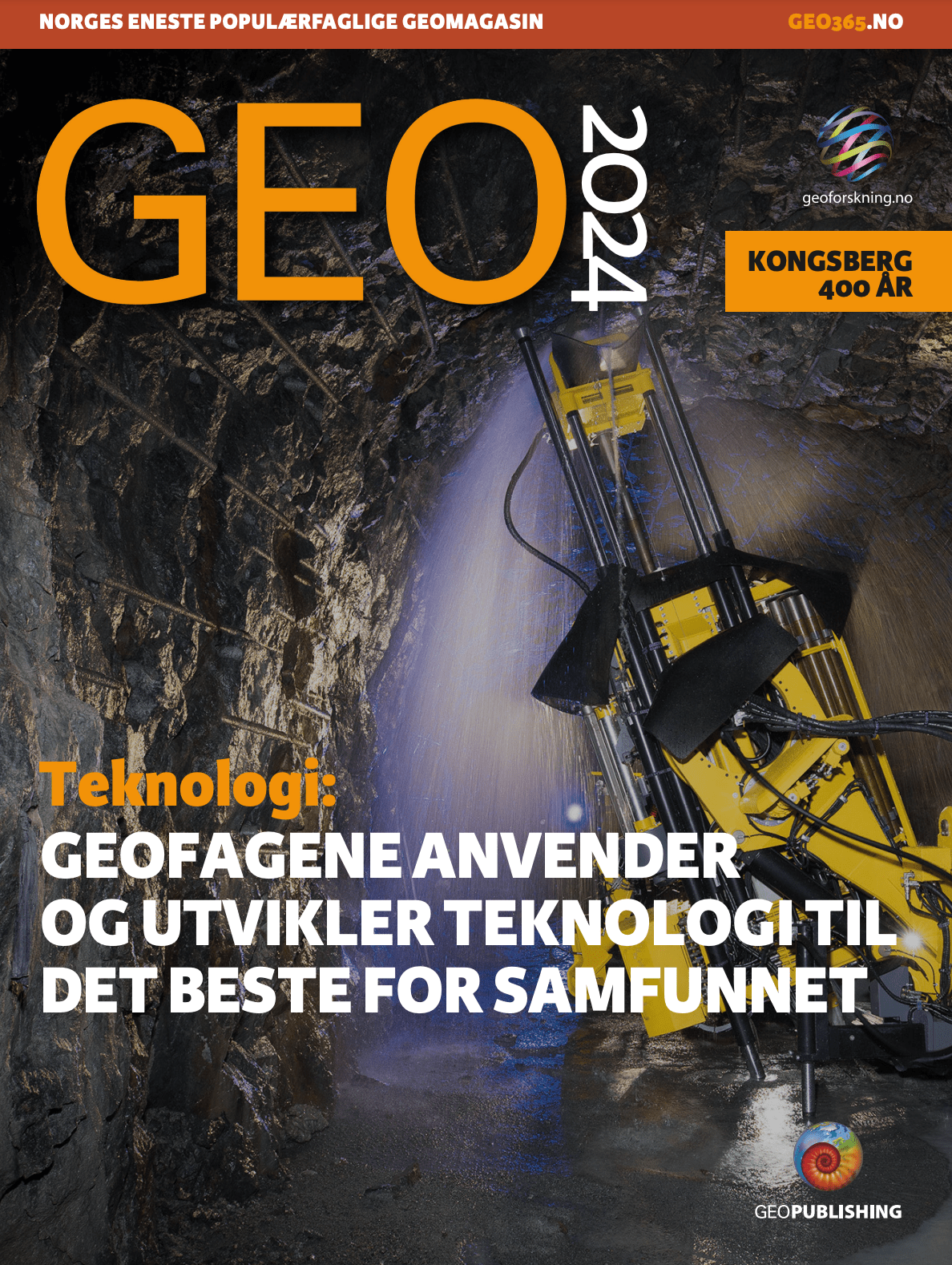Detail of a digital palynology slide. The marine microplankton Palaeoperidinium pyrophorum dominates the Late Palaeocene deposition of submarine fan systems connected with the deltaic Moray Group to the west. This image represents less than 0.13 percent of the entire scan of 7 gigapixels. Source: Robert Williams, NPD
DIGEX 2023
At the DIGEX 2023 conference, a full session will be dedicated to digital biostratigraphy and palynology. Robert Williams will hold the talk “Multi-gigapixel Scans of Fossil Microplankton, Pollen and Spores from Cores and Cuttings replaces Microscopes with Desktops”.
March 28 – 30th 2023
Oslo (Gardermoen)
All living things change form through time. In some groups, say horseshoe crabs and ginkgo trees, the rate of change is so subtle that it is not measurable over a hundred million years. Other groups evolve so fast that one can trace changes in their fossils during a half-million year time span. This observation led to the foundation of geology as a science during the Age of Enlightenment.
Microorganisms are no different. As a matter of fact, they generally evolve faster than larger organisms. Because microfossils can occur in high concentrations (hundreds of specimens per gram of siltstone) and dinosaurs are much rarer (perhaps one fragment per hundred thousand tonnes), – we use microfossils to date sediments penetrated in a wellbore.
In addition, microorganisms are usually very sensitive to their environment, such that we can easily distinguish deltaic flood plains from delta shoreface environments, shallow water from deep water environments, and so forth.
Interpreting relative ages is simple, – things stack up in the same order through time. One species is Early Jurassic, another is Middle Jurassic. To measure absolute ages, we must use nuclear physics in volcanic rocks, – exploiting the extremely regular breakdown of heavier atoms into lighter atoms.
By correlating the absolute ages of volcanic ash in Denmark with vertical ranges of microfossils in the North Sea, we can tag the appearances, abundances, and extinctions of microfossils with the age of the volcanics with a margin of error sometimes less than five hundred thousand years.
Geological mapping without biostratigraphy is like trying to find a particular address in Paris with a city map lacking street names and house numbers. It is impossible. One must always know one’s location in time and space, or a drilled interval is just a stack of different sediments, and different lithologies.
Biostratigraphy expertise is concentrated in several consultant laboratories that carry out the heavy lifting, – the sediment preparation, fossil extraction, species identification, specimen inventories, correlation, age, and environmental interpretations.
This is an industry unto itself, – an industry inside the industry. Biostratigraphy is a rather invisible industry because the users of biostratigraphic data, – petroleum geologists – only see the age and environment of deposition results.
The tremendous amount of laboratory preparation and weeks or months spent looking through a microscope are invisible in the final product.
Resilient fossils
Palynologists are paleontologists who specialize in microfossils composed of acid-resistant carbon-hydrogen-oxygen biopolymers. In other words, their fossils are nature’s microplastics.
Resistant to almost anything diagenesis can throw at them, fossil microplankton, pollen, and spores from the Earth’s deep past are sometimes more abundant and better preserved than their descendants deposited on the seabed today.
These resilient fossils are therefore a major part of the biostratigraphic analysis in petroleum exploration.
Biostratigraphy is a fundamental analytic tool for reducing economic risk by improving our understanding of palaeoenvironments, paleogeography, and basin history.



